
A Cotton Field During Harvesting in Aiken | History of SC Slide Collection
Episode
4
Photo
A cotton field during harvesting in Aiken. Courtesy of the Aiken County Historical Museum.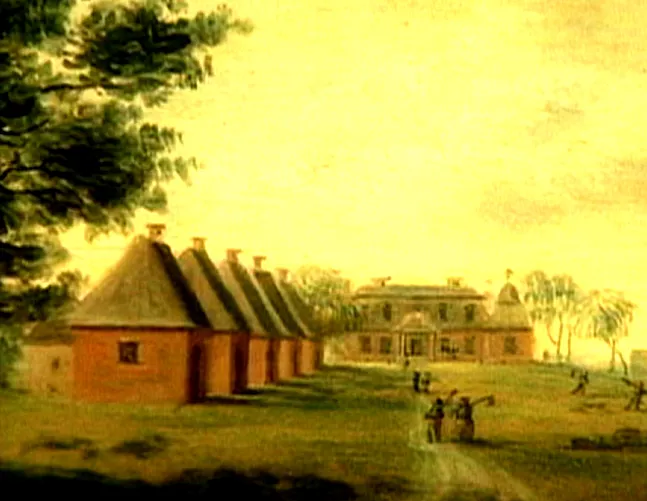
Learn about the economics and hardships of slavery in South Carolina

Photo
A cotton field during harvesting in Aiken. Courtesy of the Aiken County Historical Museum.
Photo
Woodcut by Anna Heyward Taylor of a boll weevil. As early as 1728, a cotton weevil was reported in North Carolina, but the pest now known by the name of "boll weevil" did not become a major threat to...
Photo
Ripened bolls of short-staple cotton in the fields of Calhoun County in September of 1968. Cotton still produced in South Carolina dominated agriculture in the state in the first half of the 19th...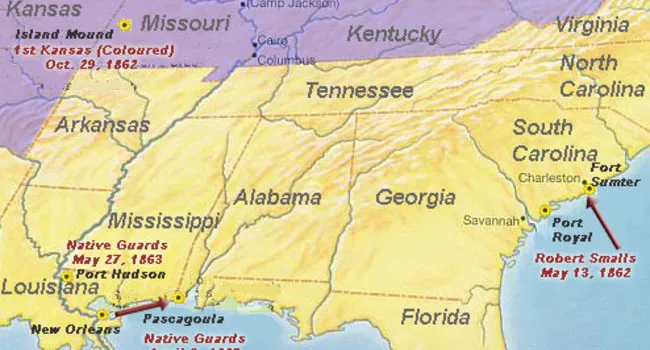
Audio
Dr. Walter Edgar speaks to Dr. Thavolia Gylmph, Duke University, about the Port Royal Experiment in Beaufort, South Carolina.
Audio
Dr. Walter Edgar speaks to Dr. Thavolia Gylmph, Duke University, about the impact the Emancipation Proclamation on slave owners.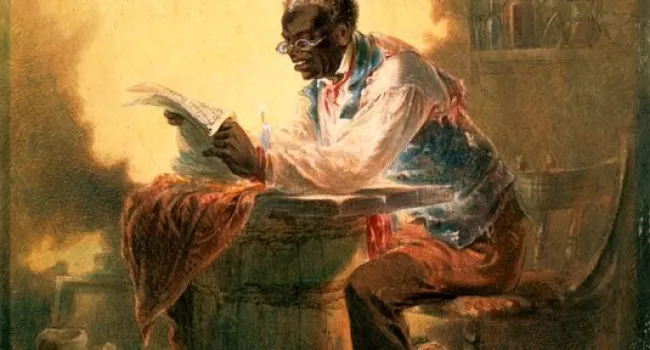
Audio
This is an excerpt from the University of South Carolina public series, Conversations on the Civil War - 1863. Dr. Walter Edgar speaks to Dr. Thavolia Gylmph, Duke University, about the impact the...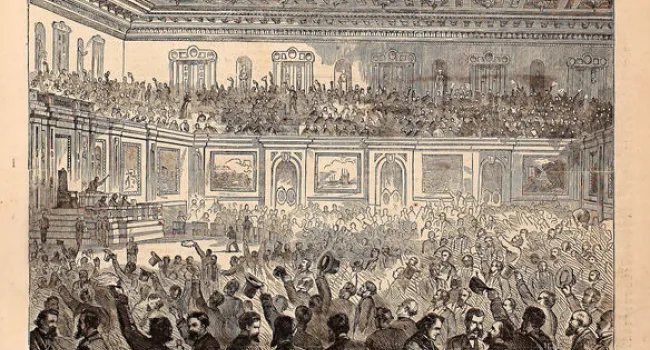
Audio
Walter Edgar speaks to Dr. Thavolia Gylmph, Duke University, about the 13th Amendment.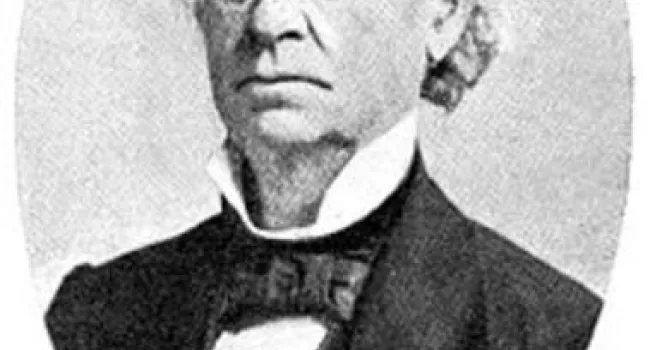
Audio
“G” is for Grayson, William John [1788-1863]. Politician, planter, poet. Grayson spent much of his youth on Parris Island, the inspiration for his later pastoral verse. He graduated at the top of his...
Photo
This row of cabins provided housing for slaves on the McLeod Plantation in Charleston County. The photograph was taken in the 1930s. Courtesy of the Library of Congress.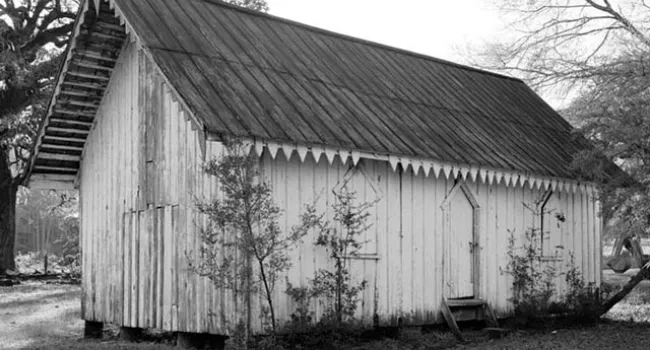
Photo
The board and batten siding on this slave cabin on the Arundel Plantation in Georgetown County was promoted as an efficient form of house construction from 1850 onward, and is widely seen in...